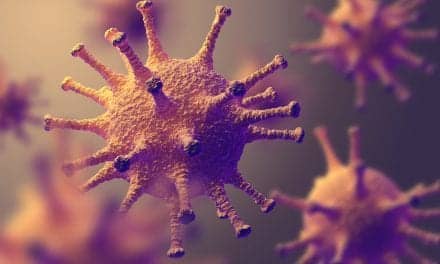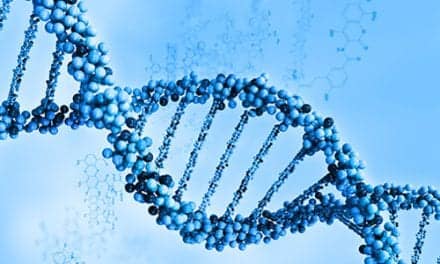| FDA May Ban CFC-Based Albuterol MDIs The US Food and Drug Administration (FDA) is considering lifting an environmental law exemption allowing the use of albuterol metered-dose inhalers (MDIs) using chlorofluorocarbon (CFC) propellants. Under the international Montreal Protocol on Substances That Deplete the Ozone Layer agreement and the US Clean Air Act, CFC production and importation have been banned for all commercial purposes in the United States since January 1996. CFC inhalers have been exempt because they are considered medically essential with no suitable alternatives. Now, however, the FDA says that two non-CFC-based, albuterol MDIs are available. So, in June, the administration published a notice in the Federal Register seeking public comment on a proposal for withdrawing “essential-use” status for the inhalers. If the essential-use designation is removed, albuterol MDIs containing an ozone-depleting substance could not be marketed after “an appropriate transition period,” according to the FDA. The American Association for Respiratory Care (AARC) supports this phaseout. Testifying before an FDA Pulmonary-Allergy Drugs Advisory Committee on behalf of the AARC in early June, Joseph Rau, PhD, RRT, FAARC, shared key concerns about the process that he says are shared by respiratory therapists nationwide. These include ensuring an uninterrupted supply of medications during the transition, keeping the transition as cost-neutral as possible for patients, and ensuring that patients fully understand how to use the replacement inhalers. Rau said the AARC is calling for a complete ban on CFC MDI albuterol by December 31, 2005, the date when the last producer of pharmaceutical grade CFCs is scheduled to cease production. The FDA was providing a 60-day public comment period on the issue that was set to end August 6. “Although there are compelling reasons to phase out the use of these products,” reads a statement released by the FDA on June 6, “as a public health agency, FDA must also weigh the potential public health impacts of such an action.” |
Scientists Develop 3-D Structure of Anthrax Toxin
A three-dimensional molecular image of how anthrax toxin enters human cells may give scientists more potential targets for blocking the toxin, the lethal part of anthrax bacteria. The finding also points to a possible way to design anthrax toxin molecules that selectively attack tumor cells, as described in the journal Nature published online July 4. The study, funded by the National Institute of Allergy and Infectious Diseases (NIAID), part of the National Institutes of Health, was led by Robert C. Liddington, PhD, of the Burnham Institute in La Jolla, Calif.

Image courtesy Robert Liddington, Burnham Institute
“This elegant work provides important new leads for the development of novel antitoxins to protect people from anthrax, a dangerous and serious bioterror threat,” says NIAID Director Anthony S. Fauci, MD. “It also leads us closer to therapies that could save lives late in the disease when large amounts of toxin are present and antibiotics are less effective.”
NIAID Develops SARS Vaccine, Antibody Reproduction Technique
The National Institute of Allergy and Infectious Diseases (NIAID) recently released a third study describing a promising candidate vaccine against severe acute respiratory syndrome (SARS); meanwhile, NIAID Director Anthony S. Fauci, MD, says new research on human SARS antibodies could prove more beneficial.
Sprayed into the noses of monkeys, a single dose of the recently studied test vaccine protects against the SARS virus, according to Alexander Bukreyev, PhD, Peter Collins, PhD, and coworkers at the NIAID. The researchers’ work was published in the June 26 issue of the British journal The Lancet. This vaccine differs from the previous two NIAID-studied vaccines in that it is delivered directly into the respiratory tract, the primary site of SARS infection; it is the first US vaccine to be tested in monkeys; and only one dose is needed for protection. The previous two vaccines were tested in rodents, and each required two doses for protection.
“While much has been accomplished in our quest for a vaccine against SARS, a vaccine may provide little benefit to someone already infected,” Fauci says. “Human SARS antibodies could offer a double benefit: They could be used as a potent frontline defense for health care workers and others at high risk of exposure and as an effective treatment for those individuals newly exposed to the virus.”
An international research team collaborating with NIAID has developed a laboratory technique that can mass-produce human antibodies that thwart the SARS virus in mice. The new technique could become an important tool for developing a cocktail of SARS-specific antibodies that might help protect people recently exposed to the SARS virus or at high risk of exposure. The technique also could make possible the development of a similar approach to prevent or treat other illnesses, such as HIV/AIDS and hepatitis C.
The report describing these findings appears in the July 11 online issue of Nature Medicine.










